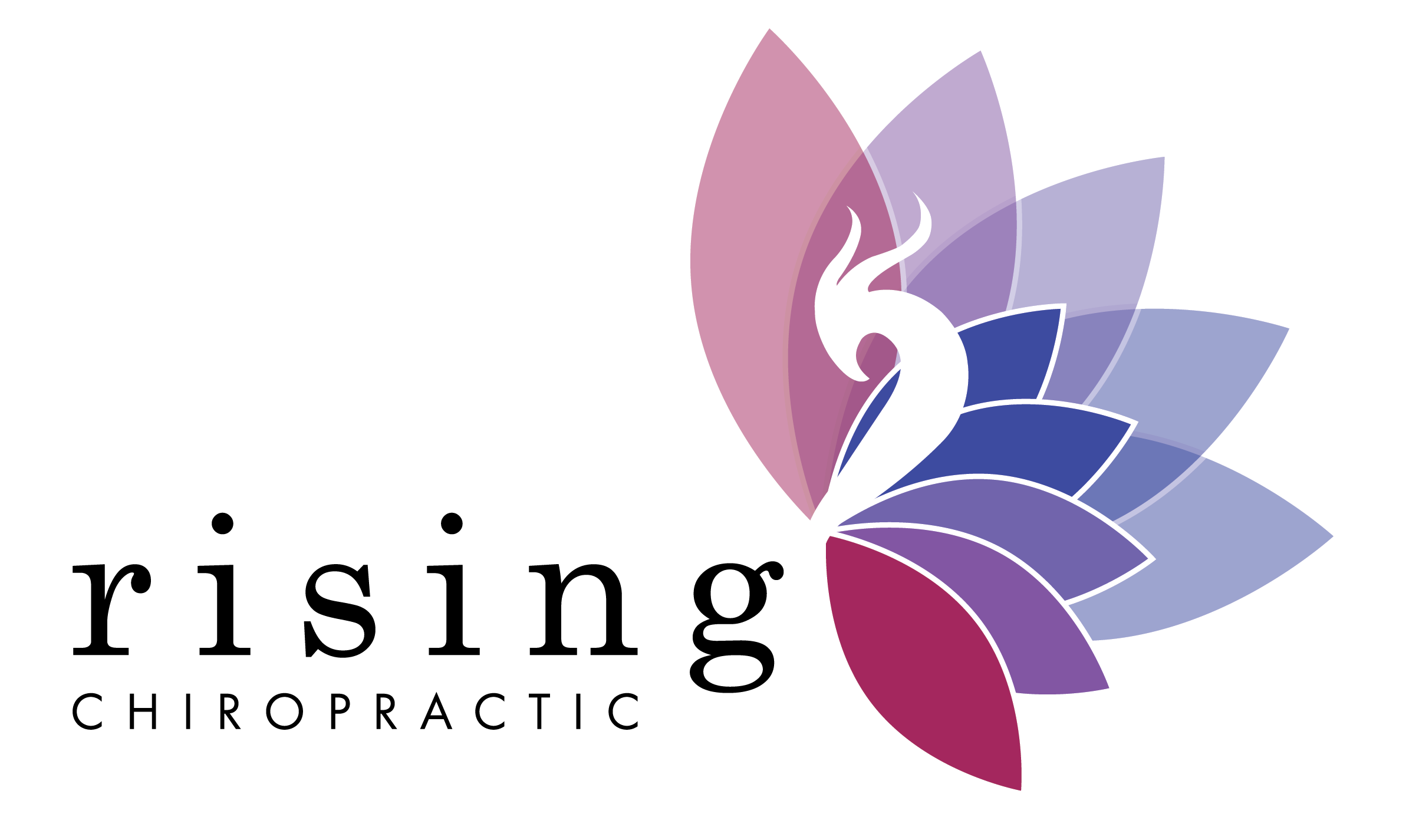Designed & Boosted by My Social State
SUBLUXATION
SUBLUXATION (A Sub-Lux-WHAT?!?)
Here is what we know about how your body works:
FACT: The brain is the master control center for the body.
FACT: The brain stem and spinal cord are the pathways for nerve impulses to and from the brain.
FACT: Messages back and forth through these nerves control the health and function of every single cell, tissue, organ, and system of the body.
FACT: All of this nerve tissue is so vital to your survival that it is protected by bone. The brain is encased by the skull, and the spinal cord is covered by 24 moving bones of the spinal column.
FACT: It is because of this very intricate and intentional framework that you can live, work, sleep, and play. This is what brings you life.
And we are very busy doing life, aren’t we? We have a lot of important tasks, deadlines, responsibilities—and stress. And a lot of our everyday activities can cause the bones in the head and spine to lose their normal position. This sets off a chain reaction causing abnormal motion, muscle spasms, soft tissue irritation, and pressure or interference in the spinal cord and the nerves attached to it. These changes result in degenerative changes in the joints of the spine, but they also negatively impact the function of every cell, tissue, organ, and system throughout the body. This is what Doctors of Chiropractic call Vertebral Subluxation.
Vertebral Subluxation is often the underlying cause of many health problems, and it is recognized by its component parts.
- Spinal Kinesiopathology: The bones of the spine are designed to move while also protecting the spinal cord and nerve roots. However, sometimes they become “stuck,” don’t move enough, or they move too much.
This might be due to physical traumas, such as car accidents, slips, falls, poor body mechanics, or repetitive motion. Emotional stress (worry, negative thoughts, fear, etc) and chemical imbalances (alcohol, drugs, toxins, environmental pollutants, etc) can also be a cause of vertebral subluxation.
When the spinal joints become stuck, or fixate, other joints will move too much. This can distort normal spinal curvatures and compromise function. In many cases, problems in one area of the spine can cause compensation reactions in other areas. That’s usually what leads to pain!
Some of the best ways a Doctor of Chiropractic will detect this aspect of Vertebral Subluxation is by analyzing posture, measuring your range of motion (ability to turn and bend), and take diagnostic and motion study x-rays.
- Neuropathophysiology: When the shape and movement of your spine begins to change, this can rub, irritate, or choke the delicate tissue of the spinal cord and the nerves that come out of it. The nerves can also be stretched or twisted by malfunctioning spinal bones. This leads to muscle spasms, dysfunction and pain in the extremities (arms and legs), and even a feeling of numbness, burning, or “pins and needles.”
Nervous system impairment can affect many of the other tissues, organs, and systems of the body, increasing the susceptibility of disease and ill health.
Doctors of Chiropractic can measure the level of interference in the spinal cord and nerve roots by using infrared thermographic technology that measures temperature differences along the spine. This can help identify not only the severity of interference, but also if the interference is acute or chronic. In some cases, it can even help identify long-standing interference due to Vertebral Subluxation.
- Myopathology: When muscle function is impaired from altered nerve supply (too much or too little), muscles that support the spine respond in ways that have a negative impact on a person’s function.
When nerve impulses are diminished, muscles supporting the spine can weaken. This leads to a loss of stability and facilitate progressive misalignment. People with forward head posture, a “hump back,” or other poor posture often have weak muscles around their spines.
When muscles are over-stimulated by the nerves, they can become tight and go into spasm. People who have “rock hard” muscles or “tight bands” along their spine have too much nerve supply. This prevents proper motion and creates stiff—sometimes absent—movement of the body.
Doctors of Chiropractic can measure and identify impaired muscle function through palpation, posture analysis, and range of motion.
- Histopathology and Pathophysiology: Vertebral Subluxation also affects cellular and glandular function, as well as tissue function, immune function, and function of every other system of the body. This happens because the brain cannot adequately send nerve impulses to the cells, tissues, and organs due to mechanical dysfunction and irritation in the nervous tissue. Without proper input from the brain, these bodily structures will eventually fail to produce the chemicals and substances necessary to carry out their vital functions.
Because of the impact that Vertebral Subluxation has on the body, it takes time to restore proper function and optimal health. While pain might quickly subside, restoring proper function takes time, repetition, consistency and dedication. However, the benefits of regular chiropractic care are limitless!
People of all walks of life have seen improvements in sleep, energy, breathing, digestion, immune function, blood pressure, mood….all through reducing Vertebral Subluxation and improving their own body’s ability to heal and self-regulate.
Info@risingchiropracticevans.com
PHONE
(706) 524-8077
ADDRESS
625 Ponder Place Drive #2
Evans, GA 30809

HOURS
Monday:
9:00 AM - 11:00 AM
3:00 PM - 6:00 PM
Tuesday:
2:00 PM - 6:00 PM
Wednesday:
9:00 AM - 11:00 AM
3:00 PM - 6:00 PM
Thursday:
2:00 PM - 6:00 PM
Fri, Sat, Sun: CLOSED

